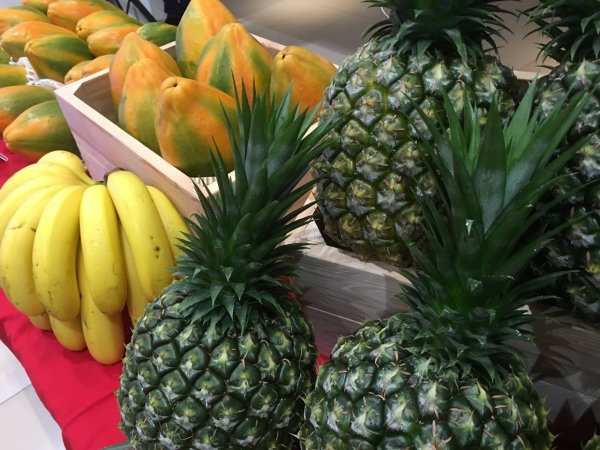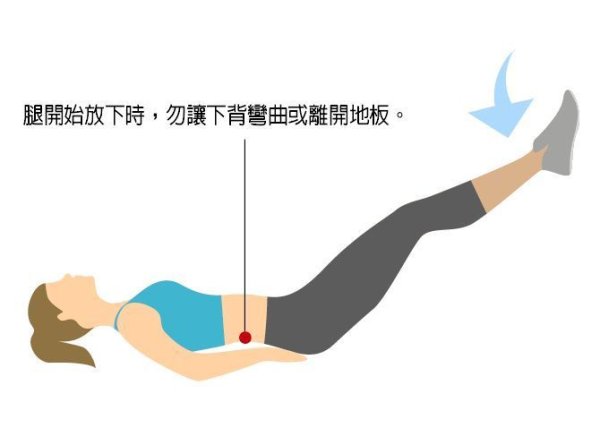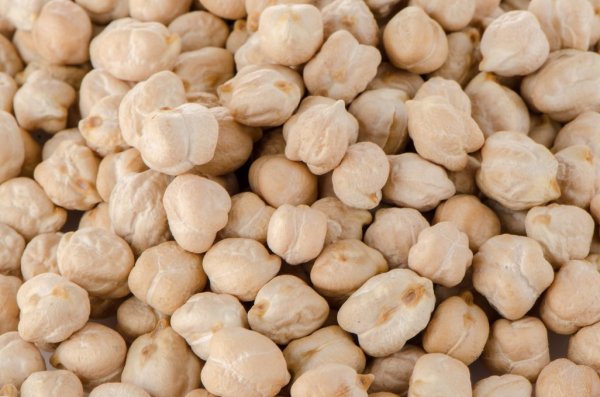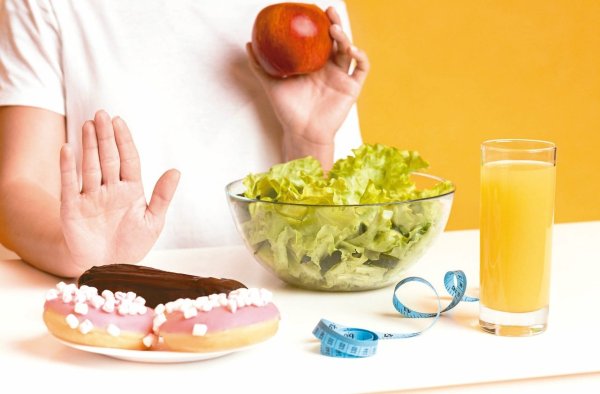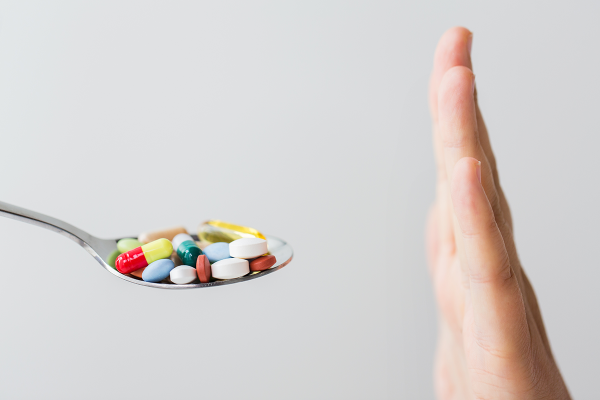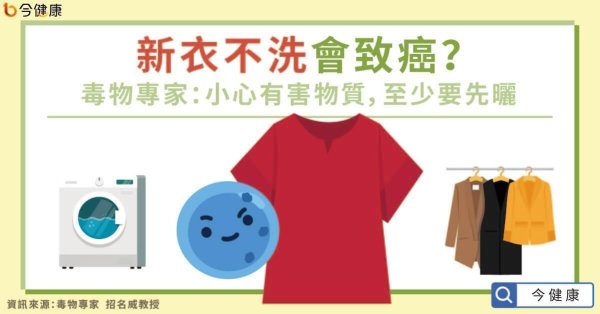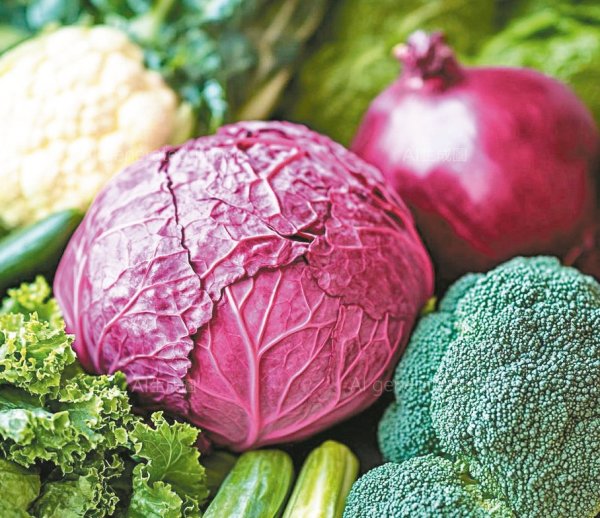Eating the right foods can control cholesterol! Nutritionist reveals the correct way to eat 10 natural fat-control foods

Eating the right foods can keep your cholesterol within the standard range. In your daily diet, you should consume more high-fiber foods, such as oats, beans, fruits and vegetables, and whole grains, which can help lower bad cholesterol (LDL). At the same time, consuming an appropriate amount of good fats, such as olive oil, avocado, and deep-sea fish, can increase good cholesterol (HDL). If you want to maintain cardiovascular health, diet is the key.
Oats/help absorb excess bile acid and help cholesterol metabolism
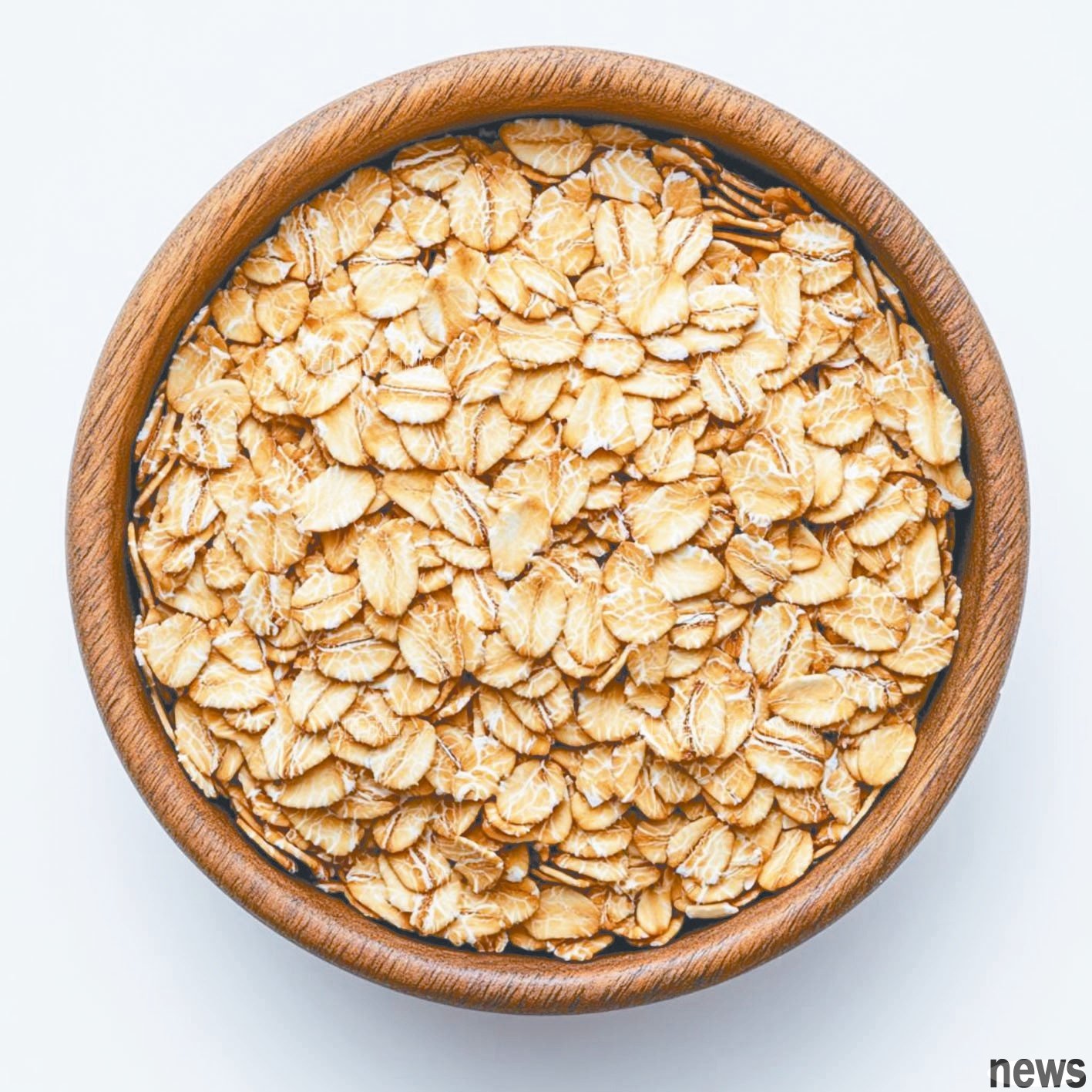
Oats are a staple food rich in fiber, especially water-soluble dietary fiber. Chen Shiting, a nutritionist at Kangning Hospital, said that water-soluble dietary fiber helps absorb excess bile acid in the intestines and helps metabolize cholesterol. In the long run, it can reduce blood cholesterol concentration.
{9 99}
However, oatmeal itself is a staple food, and its high carbohydrate content means that it is easily broken down into glucose by the body. Especially after oats are cooked and gelatinized, the glycemic index (GI) value will increase.
Excessive consumption, especially drinking oat milk as water, can easily lead to excessive calorie intake. The excess calories will be converted into triglycerides and stored in the liver or fat cells, which in turn leads to triglyceride (blood lipid) problems; especially the accumulation of visceral fat, which is usually related to excessive intake of staple foods or fruits.
How to eat correctly?
➊How should you eat oatmeal so that it can lower cholesterol without causing dyslipidemia? Chen Shiting said that as long as oatmeal replaces the staple food in any of the three meals, it is not easy to have the problem of overdose.
➋For example, if you eat oatmeal for breakfast, do not eat other staple foods, or eat white rice or white noodles for lunch and dinner, but eat oatmeal instead. This can not only increase satiety and delay gastric emptying, but also increase the intake of dietary fiber, which has the benefits of stabilizing blood sugar and lowering cholesterol.
Banana/Rich in water-soluble dietary fiber, which helps absorb excess bile acid
Bananas are foods with high water-soluble dietary fiber content. Chen Shiting said that water-soluble dietary fiber can absorb excess bile acid in the intestines, forming a complex that is difficult for the body to absorb, and is excreted with the feces. This can reduce the absorption of cholesterol, thereby lowering blood cholesterol concentration.
In addition, bananas contain plant sterols, which have similar structures to cholesterol and can compete with cholesterol in the intestines, thereby reducing the body's absorption of cholesterol. Bananas are high-potassium and low-sodium fruits, which help regulate blood pressure and have positive cardiovascular benefits overall.
How to eat correctly?
➊Because bananas are fruits with high sugar content, excessive consumption will still increase the synthesis of triglycerides when blood sugar concentrations rise. It is recommended that the amount that can be eaten per day is limited to 100 grams.
➋Banana is a high-potassium fruit, containing 325 mg of potassium ions per 100 grams. People with poor kidney function should pay attention to their intake.
➌After heating, bananas will be converted into a higher amount of water-soluble dietary fiber, which is especially suitable for people with weak constitutions and not suitable for eating raw food. You should choose bananas that are moderately ripe. Bananas that are too raw contain tannic acid, which can cause indigestion.
Papaya/Suppresses bad cholesterol and prevents cardiovascular disease

Have you ever noticed that when papaya juice is left for a while, it will solidify together? This is because papaya is rich in dietary fiber, especially water-soluble dietary fiber: pectin, which can help absorb and condense water; and this function in the intestine can just adsorb bile acid and bile salts, soften feces, promote feces elimination, thereby achieving the benefit of lowering cholesterol.
In addition, papaya also contains a variety of antioxidant nutrients, such as carotenoids, vitamin C, lycopene, etc., which can fight against free radicals, inhibit the oxidation of low-density lipoprotein and deposit in blood vessels, and prevent hypertension and cardiovascular diseases.
How to eat correctly?
➊Papaya can be eaten raw, added to dishes or made into desserts. Raw food can be directly cut into pieces or beaten into papaya milk, or enjoyed with yogurt, which can help the absorption of carotenoids.
➋Papaya is suitable for desserts. For example, it can be stewed with white fungus or red dates, which has a better cholesterol-lowering effect.
➌Papaya is rich in papaya enzyme, which can help break down food, so it is suitable to eat after meals. Note that papaya is a fruit, so you should take two servings a day. For people with unstable blood sugar, it depends on their own conditions.
Fungus/can help supplement iron and protect cardiovascular system
Fungus is divided into black fungus and white fungus, both of which have good cholesterol-lowering effects. Chen Shiting said that every 100 grams of black fungus contains about 6.5 grams of dietary fiber, most of which are composed of water-soluble fiber; water-soluble fiber can adhere to the villi of the gastrointestinal wall and reduce the chance of absorbing fat and cholesterol. Moreover, black fungus is rich in iron and contains vitamin K, which helps to supplement iron and protect cardiovascular system.
White fungus also has a high content of water-soluble fiber, which can also absorb excess bile acid and sugar in the body to lower cholesterol and control blood sugar. White fungus also contains special Tremella polysaccharides, which can increase the phagocytic capacity of macrophages and help regulate immunity.
On the other hand, Chinese medicine believes that Tremella fungus has the effects of moistening the lungs, promoting fluid production, clearing away heat and relieving coughs, and has a positive effect on dry coughs caused by dryness of the lungs..
How to eat correctly?
➊To achieve complete health effects of black fungus and white fungus, it is best to boil out the gum inside, which has the best cholesterol-lowering effect.
➋Black fungus has an anti-coagulant effect. People who have blood coagulation problems or are taking blood coagulation medications should avoid consuming large amounts.
➌If you want to get good health effects from consuming fungus, the recommended daily intake is about 100 grams, with a maximum of no more than 500 grams.
➍Black fungus is relatively cold in nature, with weak constitution and poor gastrointestinal function. It is best to take it with warm ginger, cinnamon and other foods. White fungus is neutral and can be taken by ordinary people.
Burdock/accelerates the decomposition of fatty acids and reduces the absorption of cholesterol.
Studies have found that eating about 30 grams of burdock a day has the effect of lowering cholesterol. Chen Shiting explained that burdock is very rich in fiber. The water-soluble dietary fiber it contains absorbs excess bile acid in the intestines, accelerates the decomposition of fatty acids, and reduces the body's absorption of cholesterol.
Burdock's saponin has foaming properties and can also absorb and take away cholesterol and fat in the intestines. This principle is just like soap's ability to absorb fat, and it is one of the nutrients that burdock contributes to lowering cholesterol. If burdock and lotus root can be cooked together, 1 plus 1 is greater than 2 in reducing cholesterol, blood lipids and protecting cardiovascular systems.
However, does burdock tea have the effect of lowering cholesterol? Chen Shiting explained that due to processing, drying and other production procedures, burdock tea will cause a large amount of nutrients to be lost during the process, and its nutritional value is much worse than that of fresh burdock. Although it is easy to brew, if you want to get the complete nutrition of burdock, you still have to eat fresh burdock.
How to eat correctly?
➊100 grams of burdock contains almost 7 grams of dietary fiber. It is one of the vegetables with high fiber content, so it tastes bitter and astringent, so it is not suitable for people with poor gastrointestinal function. It is recommended that people with poor gastrointestinal function peel off the skin when cooking and do not eat excessively.
➋Burdock is a food with a cold nature. Eating too much may cause diarrhea. Therefore, it is better not to eat burdock raw for people with weak constitution. It is more appropriate to cook it with ginger, which is warm in nature.
➌Burdock is a high-potassium vegetable, so people with poor kidney function should consume it in moderation.
Soybeans/antioxidant, anti-inflammatory, lower bad cholesterol concentration
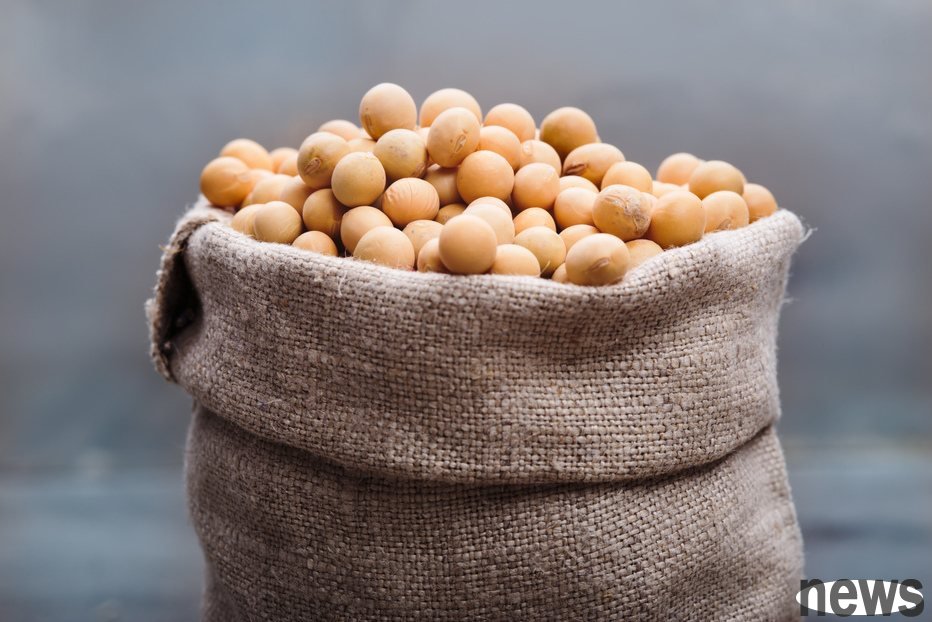
Compared with other animal proteins, soybeans are high-quality proteins with "zero" cholesterol. Therefore, people with cardiovascular disease problems can use soy products such as soy milk, tofu, and dried tofu to replace half of their daily meat intake.
Not only that, soybeans are rich in natural estrogen: soy isoflavones, whose structure is similar to human estrogen and can produce estrogen-like effects; research has confirmed that this type of natural estrogen has a powerful anti-inflammatory effect, which can reduce the level of low-density lipoprotein cholesterol (LDL-C, bad cholesterol) and increase high-density lipoprotein cholesterol (HDL-C, good cholesterol).
On the other hand, the phytosterols of soybeans are similar in structure to cholesterol, but cannot be absorbed by the intestines. They compete with cholesterol for absorption in the intestines, thereby effectively resisting oxidation, anti-inflammation, and reducing the concentration of low-density lipoprotein cholesterol (LDL-C, bad cholesterol).
Lecithin can also help blood vessels maintain elasticity and help remove bad cholesterol. Its anti-inflammatory properties also contribute to cardiovascular health, promote blood circulation and metabolism, and thus prevent the formation of blood cholesterol.
How to eat correctly?
➊Research has found that eating 28 grams of soybeans and their products per day can reduce blood cholesterol by about 10% and promote cardiovascular health (note: one tablespoon of soybeans is about 20 grams).
➋Raw soybeans contain lectins, which are plant-based proteins that can affect intestinal health and may cause allergic reactions. To avoid the effects of lectins, soybeans should be fully soaked and cooked before consumption to reduce their activity.
➌If you want to drink soy milk, it is recommended to stir it into soy milk directly from cooked soybeans, because the most nutritious nutrients in soybeans, such as lecithin, soy isoflavones, calcium, etc., are all left in the soybean residue.
Okra/helps lower cholesterol and blood sugar
100 grams of okra only has about 36 calories. It is a vegetable with low calories and high nutrient density. Chen Shiting said that okra is rich in beta-carotene, calcium, potassium and water-soluble fiber, which is helpful for eye protection and cardiovascular disease. In particular, the mucus of okra is polysaccharide, which can help reduce cholesterol and blood sugar, and okra seeds have antioxidant capabilities.
In addition, okra is quite rich in water-soluble dietary fiber, which can combine with bile acid and bile salts in the intestines, increase the excretion of bile acid and bile salts in the feces, and cause the liver to convert cholesterol into cholic acid, thereby reducing liver and blood cholesterol.
On the other hand, the water-soluble fiber of okra can delay the absorption of sugar, making it the best vegetable for diabetics. The low oxalic acid content of okra helps improve the absorption rate of calcium. It is a natural source of calcium for those who are prone to diarrhea when drinking milk or who are on a vegetarian diet.
How to eat correctly?
➊To achieve the effect of lowering cholesterol, it is recommended to have at least one plate of about 100 grams of okra per day.
➋People with poor gastrointestinal function, especially those with damaged skin and mucous membranes, are very suitable to eat okra. Beating okra into juice and adding about a tablespoon of tea oil or olive oil can protect the gastrointestinal mucosa and help repair the gastrointestinal mucosa.
➌Okra is rich in potassium ions, so it should not be consumed in excess for kidney patients who need to limit potassium.
Deep-sea fish/Help reduce blood vessel inflammation and soften blood vessels
More than 80% of the fatty acids contained in fish are mainly unsaturated fatty acids, especially omega-3 fatty acids, which can be converted into DHA and EPA in the body, which can help reduce blood vessel inflammation, soften blood vessels, and improve blood vessel permeability..
Therefore, the American Heart Association recommends that for people suffering from atherosclerosis, stroke, myocardial infarction, heart failure and other diseases, it is recommended to eat 2 servings of deep-sea fish twice a week, such as salmon, tuna, flounder, anchovies, herring, saury, mackerel, etc., which are easy to purchase and economical fish species.
Chen Shiting added that although taking fish oil cannot directly lower cholesterol, deep-sea fish oil can indirectly help the metabolism of cholesterol and reduce the risk of cardiovascular disease because of its benefits of reducing overall inflammation and helping smooth blood vessels.
How to eat correctly?
➊Eating two servings of deep-sea fish 1 or 2 times a week can provide about 200 to 500 mg of EPA and DHA each time, which can prevent coronary heart disease and hypoxic stroke; EPA and DHA can also inhibit inflammation, lower blood pressure, fight blood clots, and avoid Alzheimer's disease in the elderly. (Note: Two servings are about the size of a palm, not including fingers)
➋Deep-sea fish are more likely to be contaminated by heavy metals. It is recommended that the public take turns to eat different deep-sea fish so as not to over-accumulate certain toxins or heavy metals; or choose smaller deep-sea fish, such as mackerel or saury, which will have lower levels of heavy metal pollution.
➌omega-3 fatty acids are not resistant to high temperatures. It is recommended to steam them when cooking. If you want to bake them, it is recommended that the temperature not exceed 150 degrees to avoid denaturation of fatty acids.
Olive oil/helps increase the concentration of good cholesterol in the body
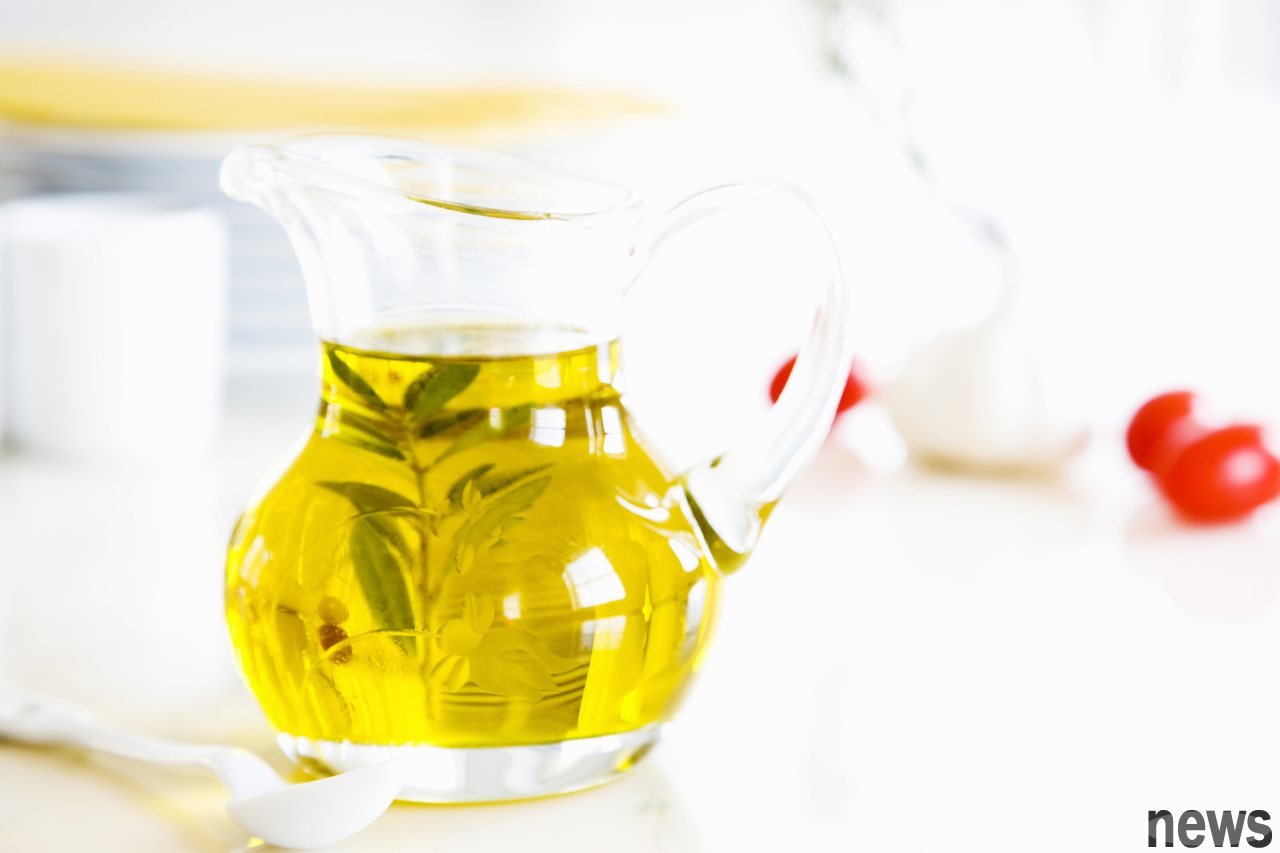
The lower incidence of cardiovascular disease among residents of Mediterranean countries is related to their dietary habits of extensive use of olive oil. Chen Shiting explained that the Mediterranean diet is a plant-based eating pattern, including a large amount of fruits and vegetables, whole grains, beans, nuts, seeds, and appropriate fish and seafood, with olive oil as the main source of fat. This dietary pattern has been proven to lower cholesterol and comprehensively reduce the risk of cardiovascular disease; and the key is "olive oil".
The fatty acids in olive oil are mainly monounsaturated fatty acids, which are omega-9 fatty acids. Studies have proven that omega-9 fatty acids can help increase the concentration of high-density lipoprotein cholesterol (HDL), also known as "good cholesterol," in the body.
Olive polyphenols in olives have high-intensity antioxidant and anti-inflammatory effects, which can help blood vessels be damaged by free radicals, thereby preventing cardiovascular disease. This is why people who follow a Mediterranean diet have a lower chance of suffering from vascular disease.
It is worth mentioning that if you want to absorb the complete nutrients of olive oil, it is best to choose cold-pressed virgin olive oil. This kind of oil can retain the most olive polyphenols and non-denatured fatty acids.
How to eat correctly?
➊There are approximately two types of olive oil on the market, one is pure olive oil, and the other is cold-pressed virgin olive oil. They are suitable for different cooking methods. Pure olive oil has high heat resistance and can reach 200°C, so it can be used for stir-frying and cooking; cold-pressed virgin olive oil contains high polyphenols, so it is recommended to drink it raw or cold.
➋Olive oil can also help stabilize blood sugar. If you drink a small spoonful of cold-pressed virgin olive oil with each meal, especially on an empty stomach or half an hour before meals, it can not only slow down the absorption of glucose, stabilize blood sugar, but also prevent gallstones.
Avocado/Prevents cholesterol from being oxidized and stuck in blood vessel walls
Although avocado is a fruit, it is classified as a fat in terms of nutritional content. Chen Shiting said that more than 80% of avocados are composed of fatty acids, and most of them are composed of oleic acid, which is monounsaturated fatty acid. Studies have shown that monounsaturated fatty acids can help lower bad cholesterol, which in turn can help reduce the risk of cardiovascular disease.
On the other hand, avocado has great antioxidant effects because it is rich in lutein, coumaric acid, chlorogenic acid, gallic acid, glutathione, and carotene antioxidants. These nutrients help fight against free radical damage and can also prevent cholesterol from being oxidized and stuck in the blood vessel walls.
How to eat correctly?
➊Although avocados are rich in good oils and are good for health, eating too much will cause excessive calories. It is recommended to eat about half an avocado every day to achieve the benefits of cardiovascular protection.
➋Avocados retain more nutrients when eaten raw. The simplest way to eat them is to put them on toast or salad. People who like salty food can top them with garlic soy sauce; or mix them with soybeans or milk to make avocado soy milk or milk, which also tastes good.



